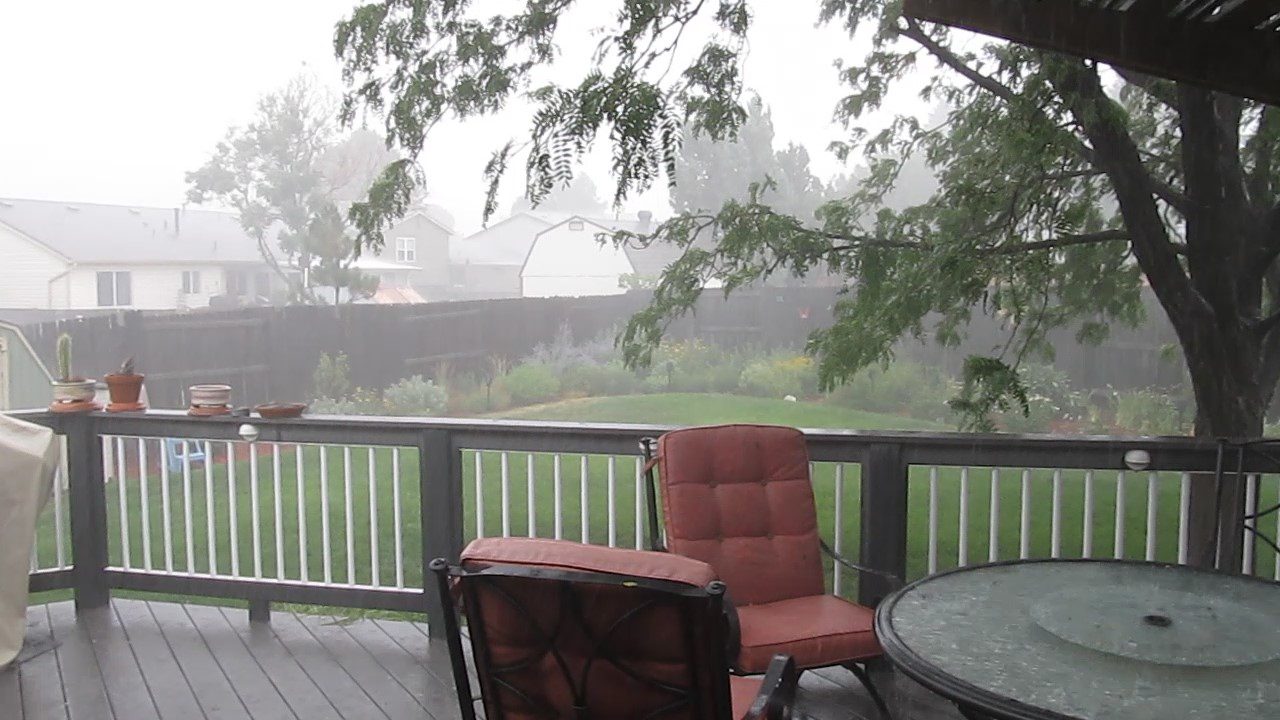“Do what we can, summer will have its flies.”
Ralph Waldo Emerson
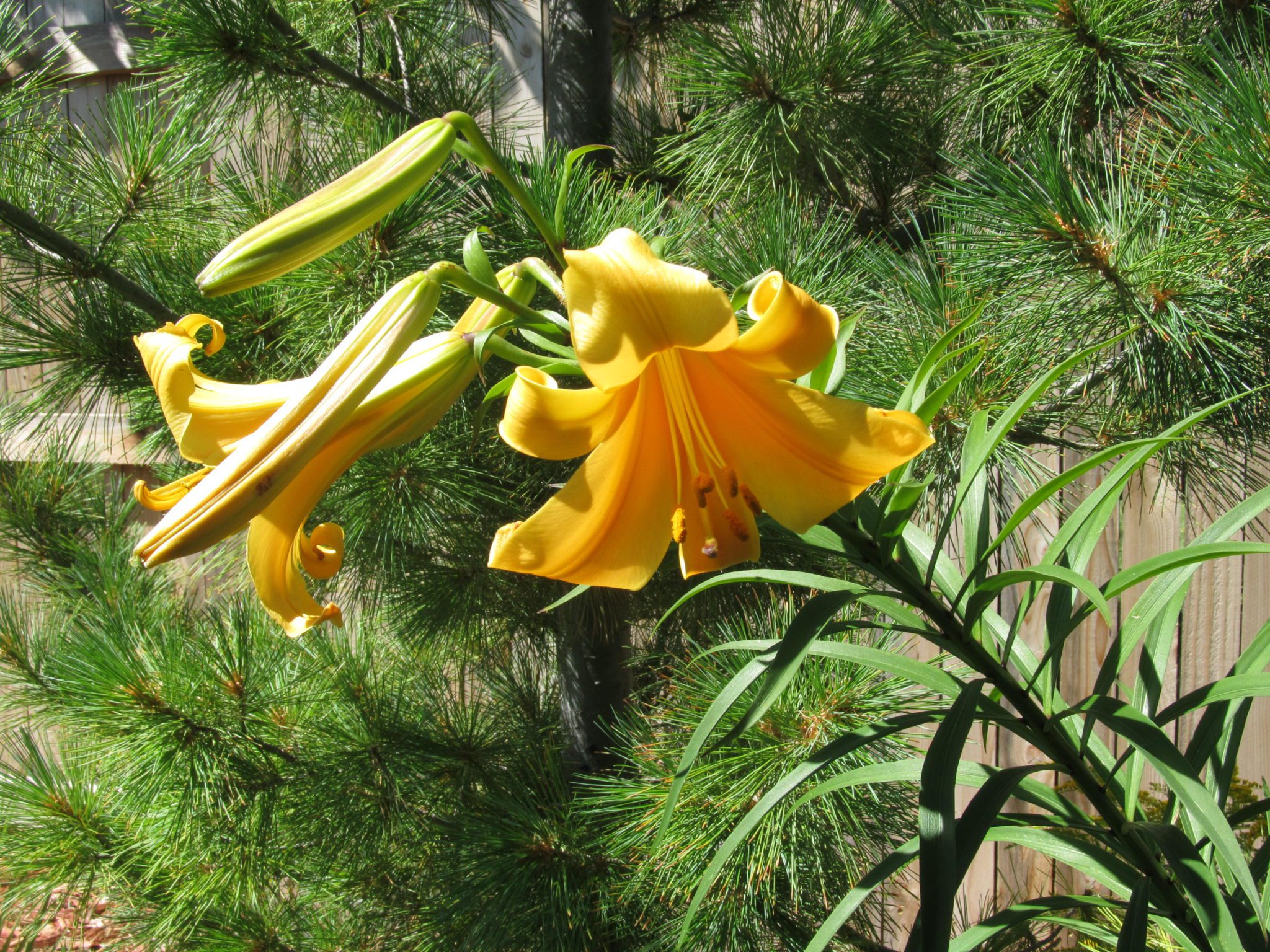
When I was growing up, the city I live in used to pave the side streets with something called “chipseal”. Chipseal is tar/asphalt mixed with aggregate (small rocks). Its disavantages include not being very durable, after it is first laid is tends the tar to stick to tires and those tires spew the tar onto the underside of the car, those tires also fling loose rocks into other cars windshields, and it’s a bitch to ride on with a bicycle.
It’s one apparent advantage is that it’s cheaper than most other methods.
Fortunately, the city no longer uses chipseal. But chipseal did have at least one perk, at least if you look at it from a kids’ point of view. When I was an lad and the summer temps reached “fry an egg on the sidewalk” levels, the tar in the paving would start to literally bubble up through the aggregate. Why was this a good thing? Because me and my buddies would each scrounge up some sort of sharp object, say a safety pin or a nail, and use it to pop the tar bubbles. This provided a couple of hours of entertainment on a hot summer day.
I’ll tell you what, these kids today with their PlayStations and Xboxes have no idea what real fun is! (insert eye-roll here).
I mention this just so I can say that if the city were still using chipseal we would be having a bumper crop of tar bubbles this summer, because the temperatures at my place have been above average most every day over the past two months.

Unfortunately, not only has it been hotter than usual, but the precipitation levels here along the north Front Range have been abnormally low. Those of us in the north are actually lucky, for the further south you go in Colorado, the worse the situation gets. Large portions of southern Colorado are in extreme drought conditions.
To make matters worse, it has also been a very windy summer so far.
So you might be thinking that a hot, dry and windy summer might have turned the Vintage garden into a miniature replica of the Sahara desert. I am pleased to report that nothing could be further from the truth. In fact, the Vintage garden is thriving and I have added a lot of pictures to this post to show just how well the garden is doing.
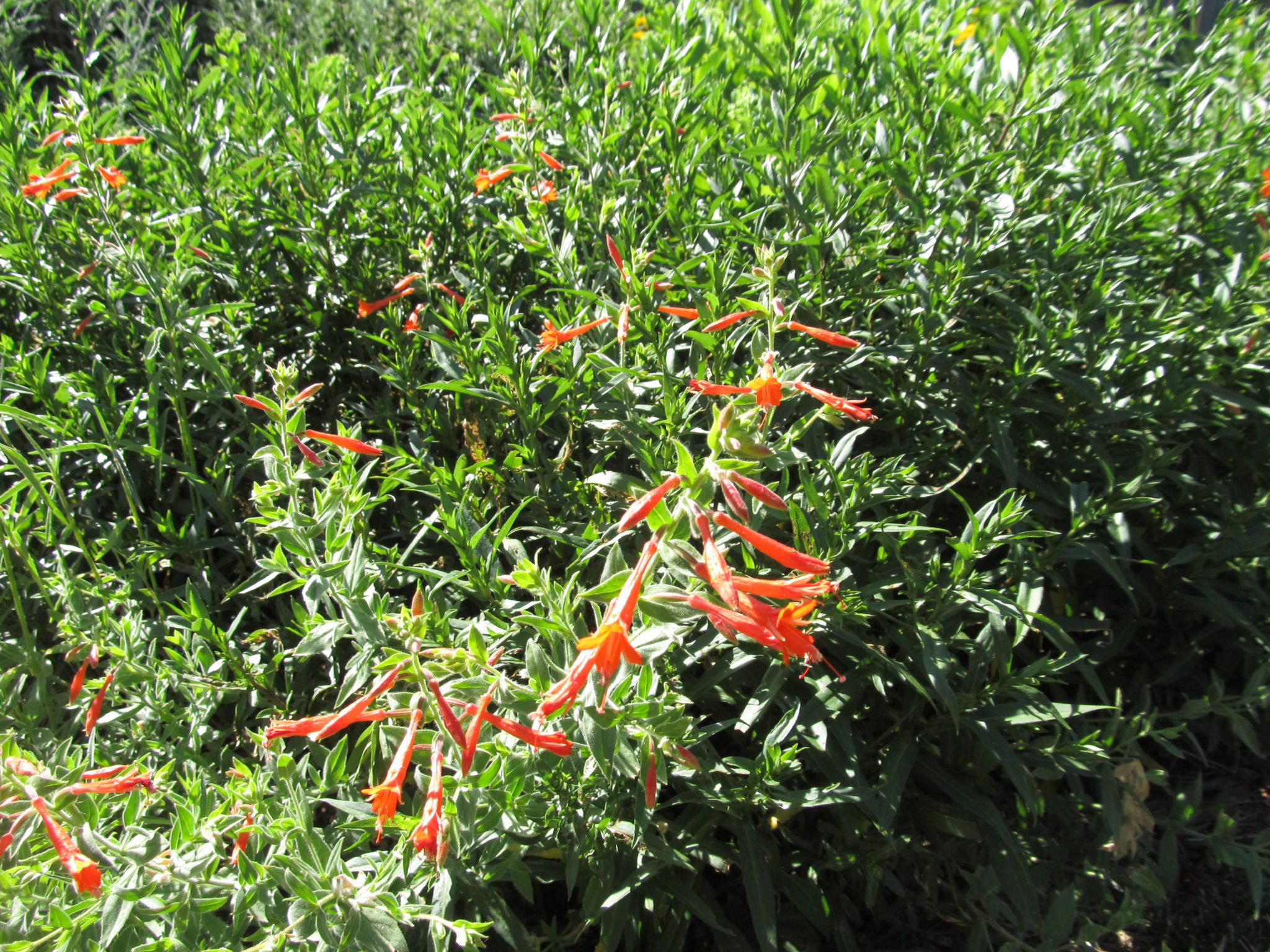
But I have to admit that the I am not thriving as well my garden in this heat. I mostly only go out into the garden in the early morning or late evenings to avoid the worst of the torridity. Fortunately for me, the garden at this point of the summer is mostly in maintenance mode. Because the lawn is no longer growing so fast I only have to mow it every ten days or so, as opposed to when I had to mow it every five days as I did in May. Weeding has become easier as well, because weeds don’t like putting on a lot of growth this time of the summer any more than the ornamental plants do. Even the damn bindweed is looking kind of puny.
The only major project I’ve done in the past month has been to finally divide the irises. Checkout the before and after pictures:

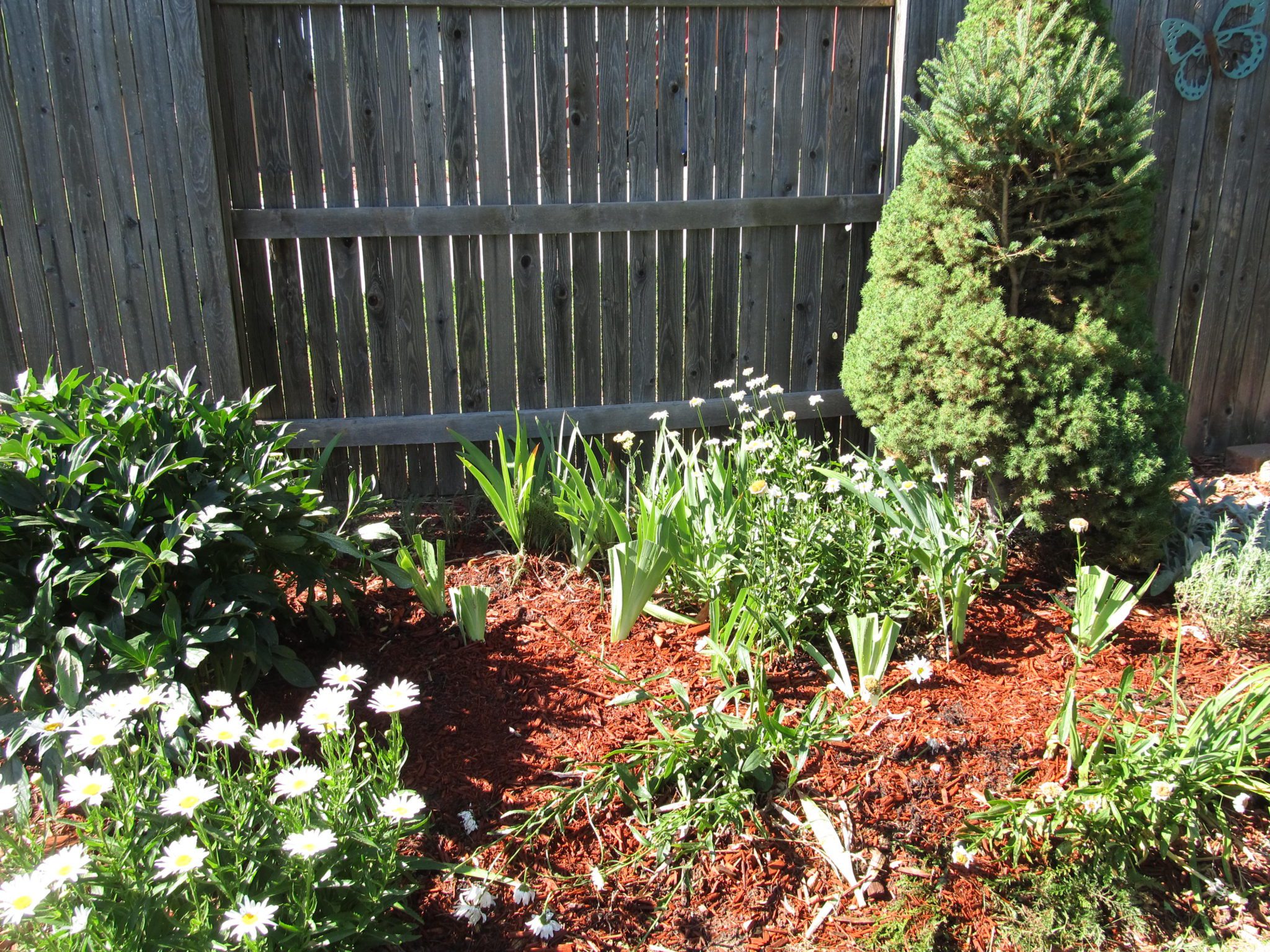
There are several factors as to why the garden is looking good so far. One is that most of the plants in the Vintage garden are tough and water-wise, adapted to survive and thrive in conditions such as we have here along the Colorado Front Range.
The liberal use of mulch is another big component.
The biggest factor by far is just plain luck. While the rains have been few and far between, the ones that have fallen in my area have proven to be fortuitous in their timing and quantities. A rainstorm on July 4th stalled out over my house and dumped 3 inches of water in as many hours. That was sweet! Another storm dropped almost another 1 inch just ten days later. Because of the amount and timing of these rains, I have only had to water the borders once so far this summer (except the new borders, those plants haven’t had time to develop a root system yet so I water them every couple of weeks).
Alright, enough of the jibber-jabber. Let’s get to the photos:
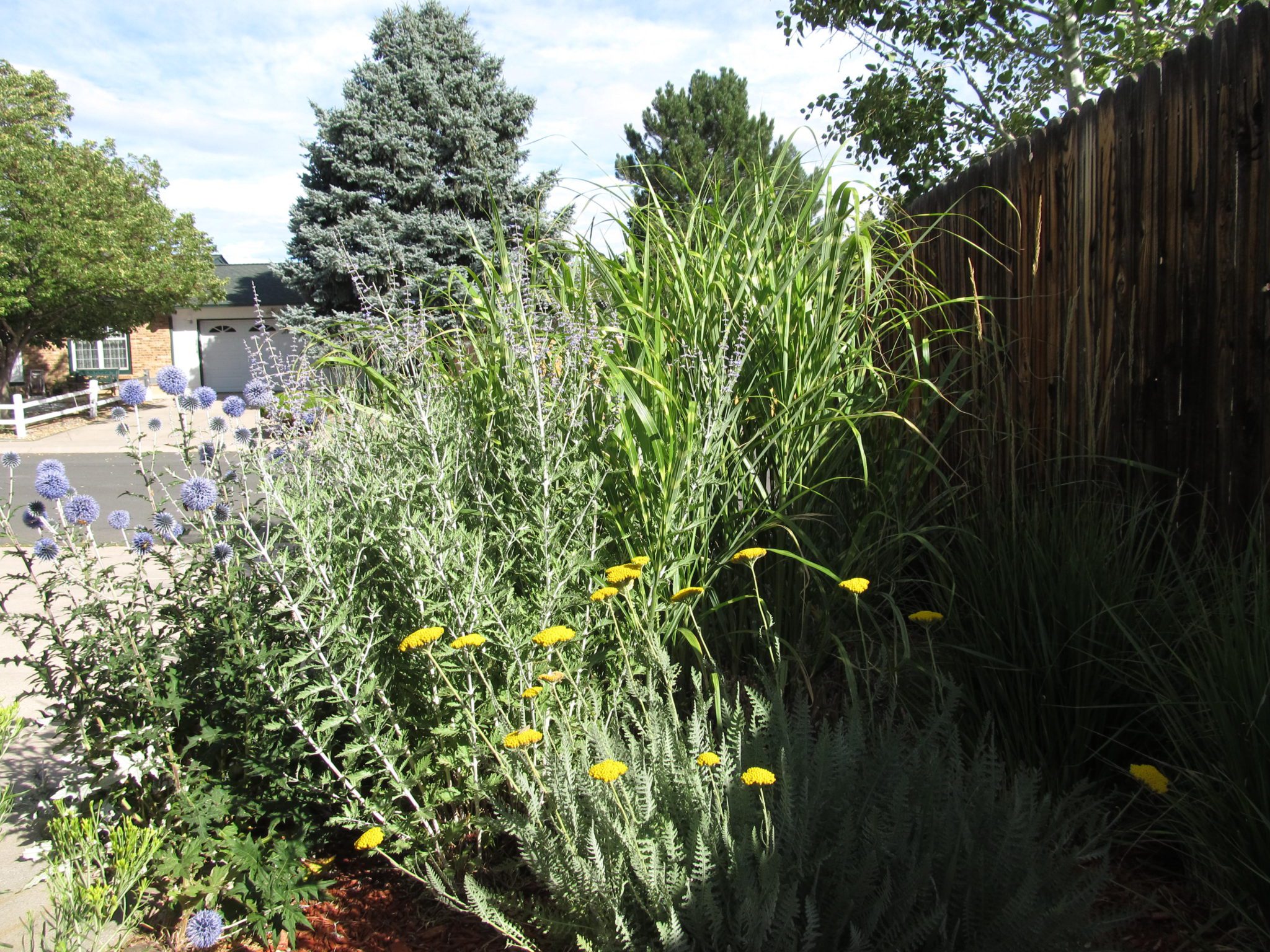
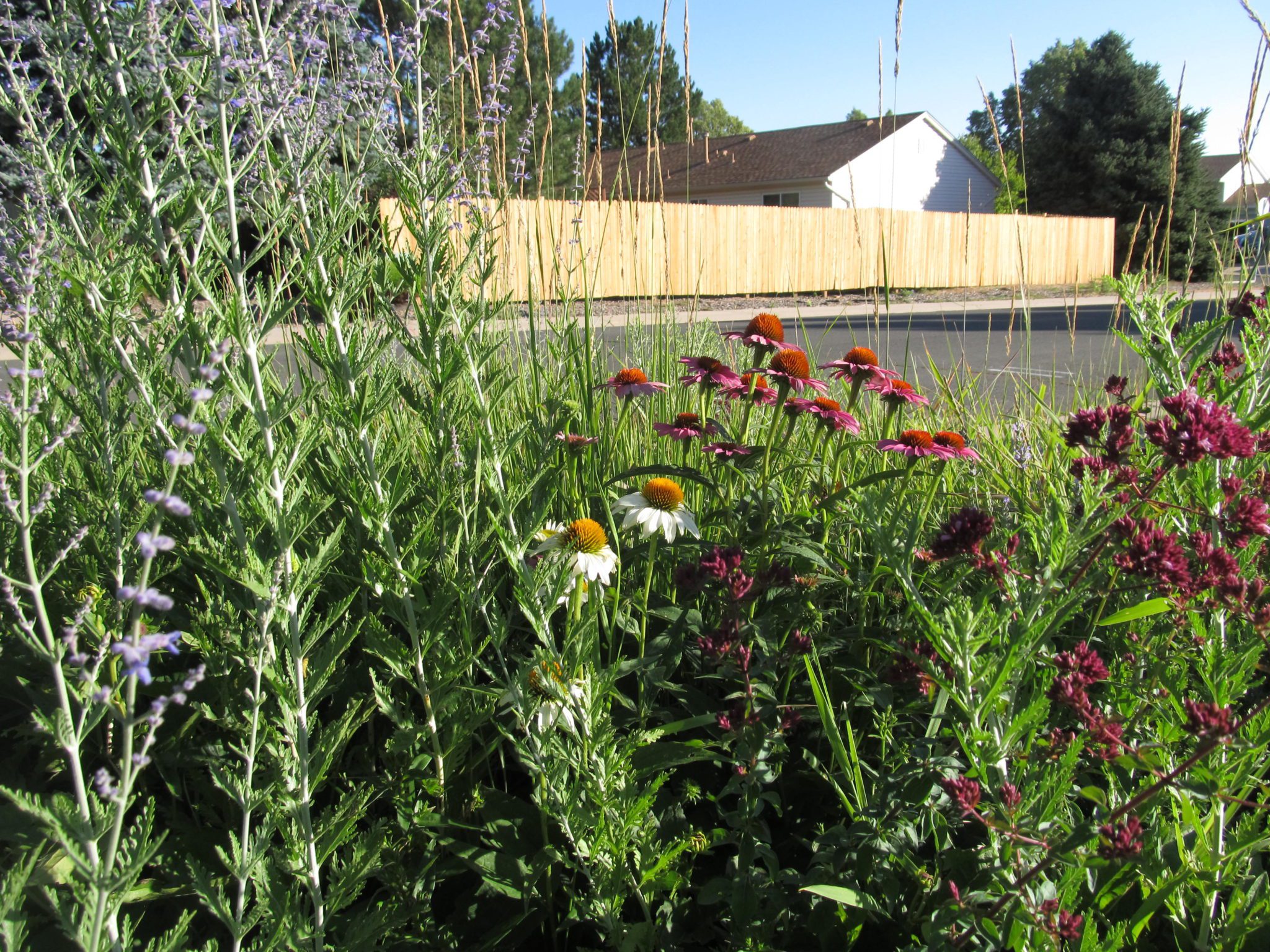
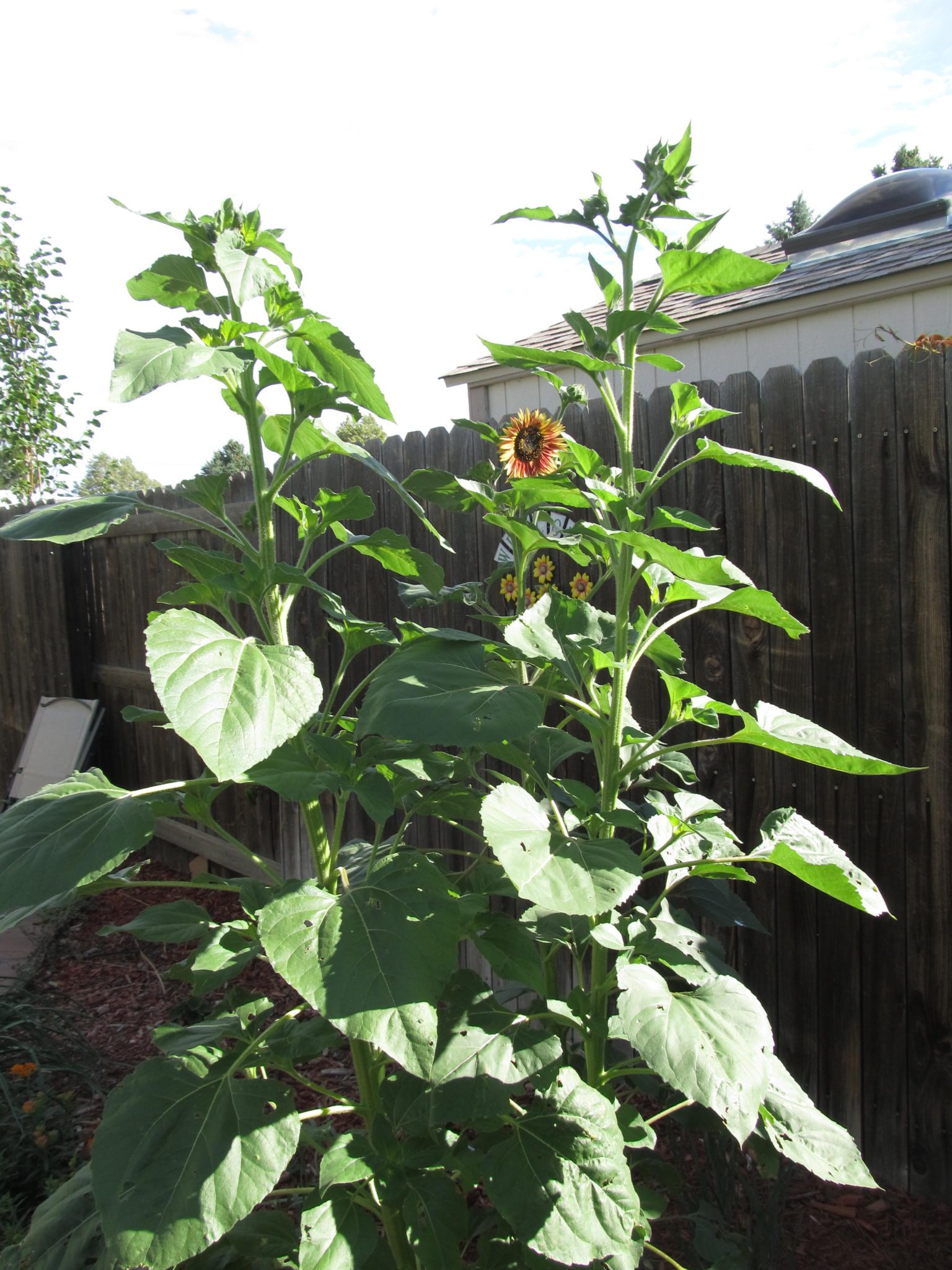
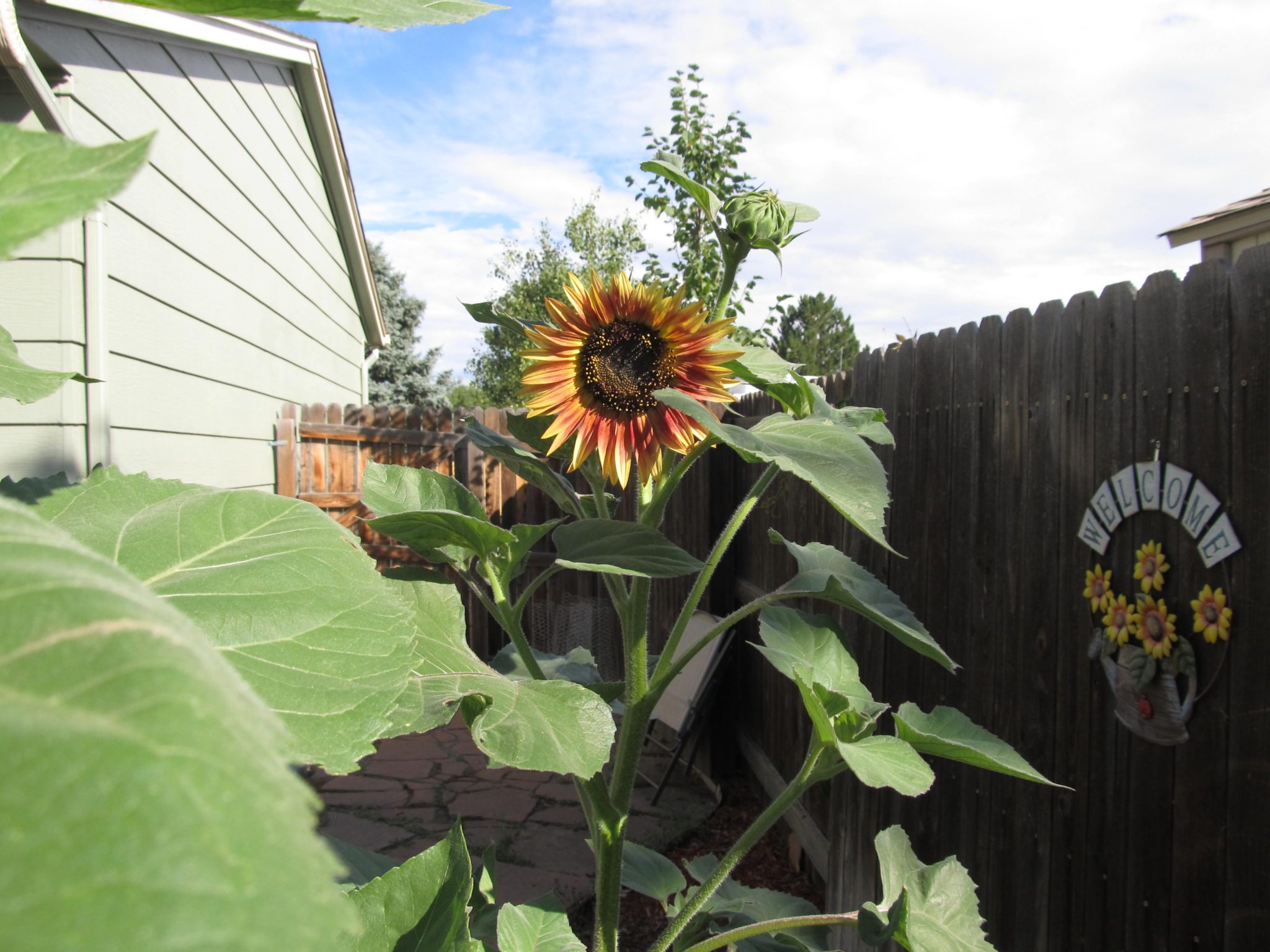
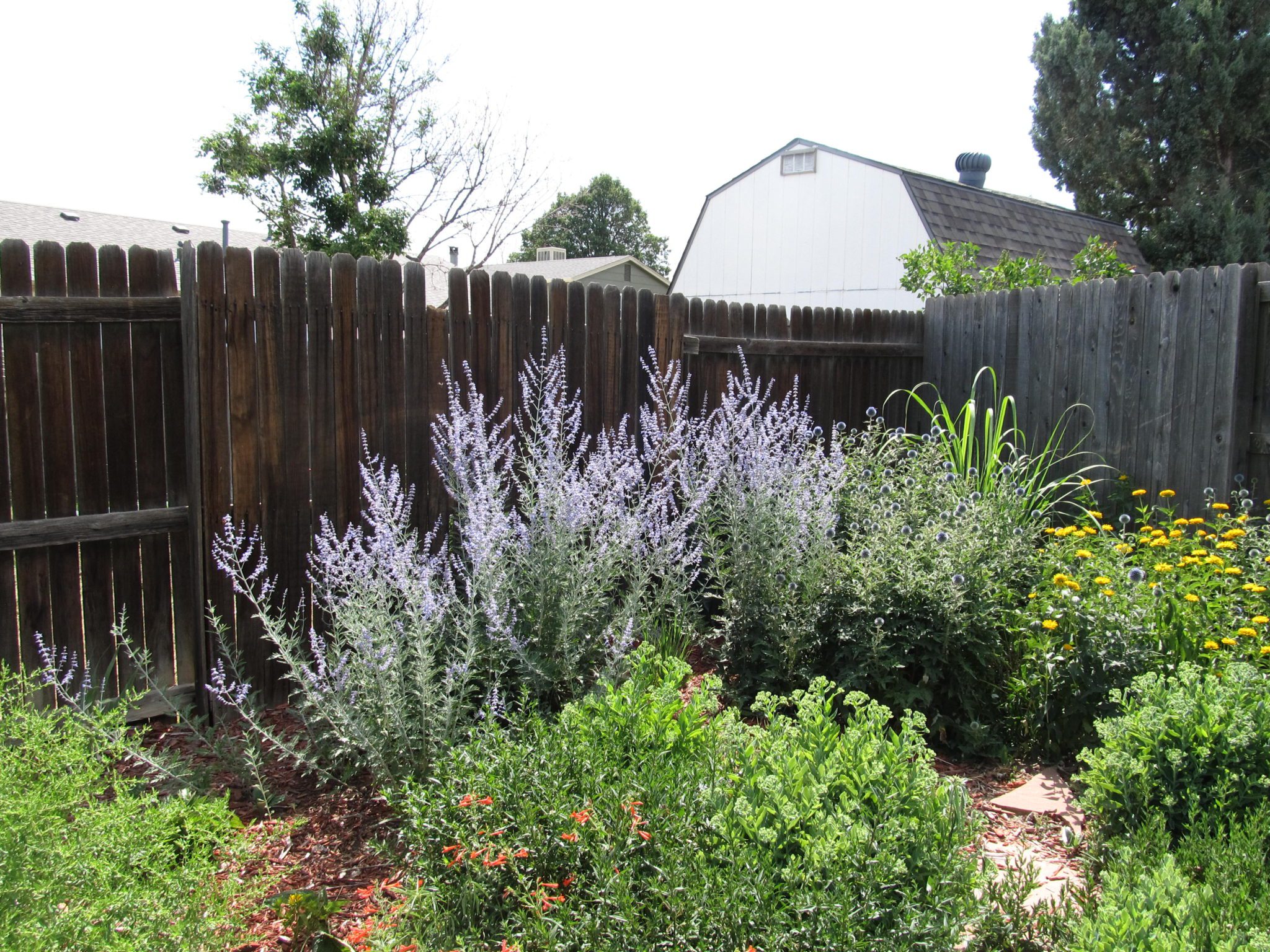
It hasn’t all been sunshine and unicorn farts in the garden. The grassy plant you see below is the foliage of a daylily. I have about half a dozen daylilies in my landscape, and so far this summer I’ve had one solitary daylily flower. I moved this particular daylily, along with a couple of its brothers and sisters, from a spot where it was underperforming to this area a couple of years ago, where I thought they would do better. Since then they have just sulked and failed to bloom. Maybe it wasn’t the location that was the problem. Maybe these are just crappy daylilies.
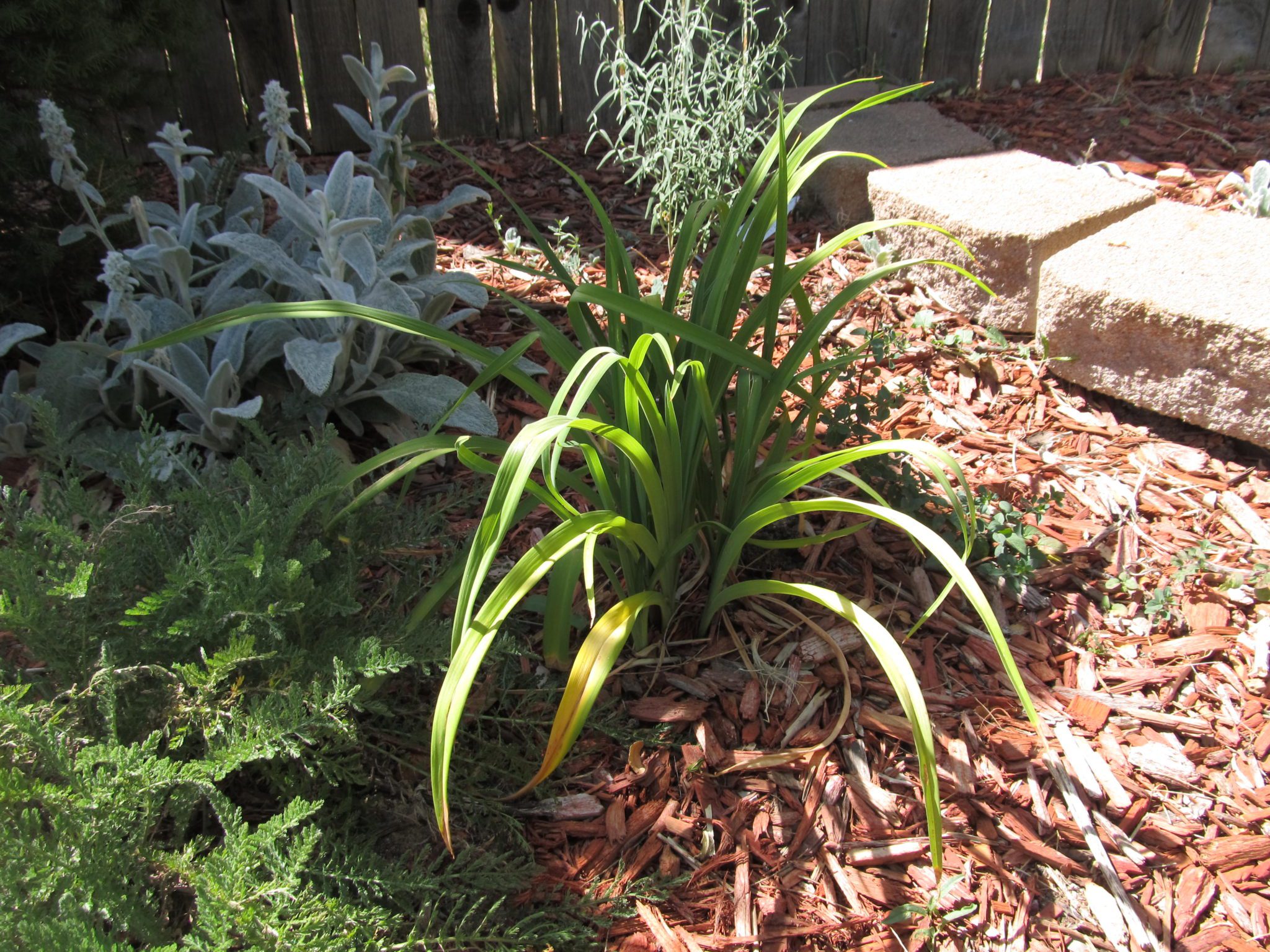
Black-eyed Susans start to bloom in late July almost like clockwork in my zone 5 garden. I know some people are not fond of this plant. They look down on them and say they are too common and course. But I love ’em. They are tough and they bloom for weeks and weeks, all the way into early autumn. They are a member of the daisy family; and I ask, how can one dislike a daisy?
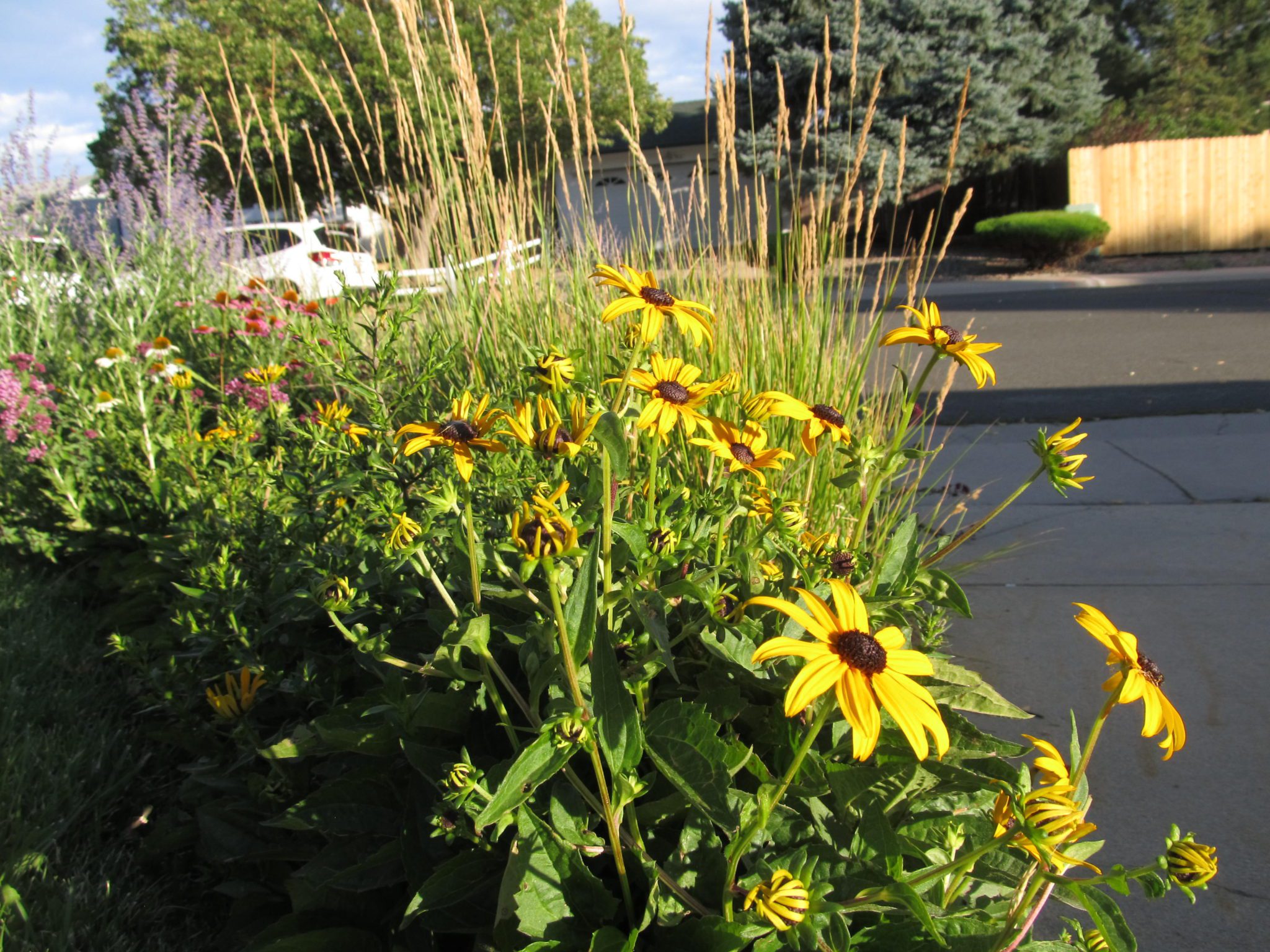
I’ve mentioned in other posts that certain flowers signal to me that a period of transition is occurring. For example, peonies in my mind are a sign that spring is coming to an end and that summer is just days away.
Because of when they bloom, Black-eyed Susans are to me are a (signal?)(notice?)(harbinger?) that while there may still be a lot of summer left, we are at the two-minute warning of the 1st half of the season, and there are no timeouts remaining.
So while I may be stewing in my own juices thanks to the heat, I keep reminding myself to enjoy what remains of summer, for it will be over very soon.
How fares your garden this summer? How fares its gardener?
Postscript:
I was debating on whether or not to water the garden borders this weekend. The soil at the plant roots was getting quite dry. It’s o.k. if the top 1 inch or so of the soil dries out, because the roots are way down in four or five inch range. And it usually stays pretty moist down at that level on even the hottest and driest days; that is if a thick layer of mulch has been applied.
But without some kind of moisture it does eventually get dry down there, and while many of the plants in my garden are drought resistant, some are less drought resistant than others. Plants such as Black-eyed Susans and Brunnera will start to sulk and wilt when the root zone gets dry (true xeriscape plants just laugh at drought and keep on trucking).
I test the moisture in the root zone on a weekly basis by using the device in the photo below. It’s called a “moisture tester”. Very creative. However, it’s a much easier and more reliable means of testing the soil than doing the old method of digging several holes in the ground and then using ones fingers to try and determine if there is enough moisture available for the plants.
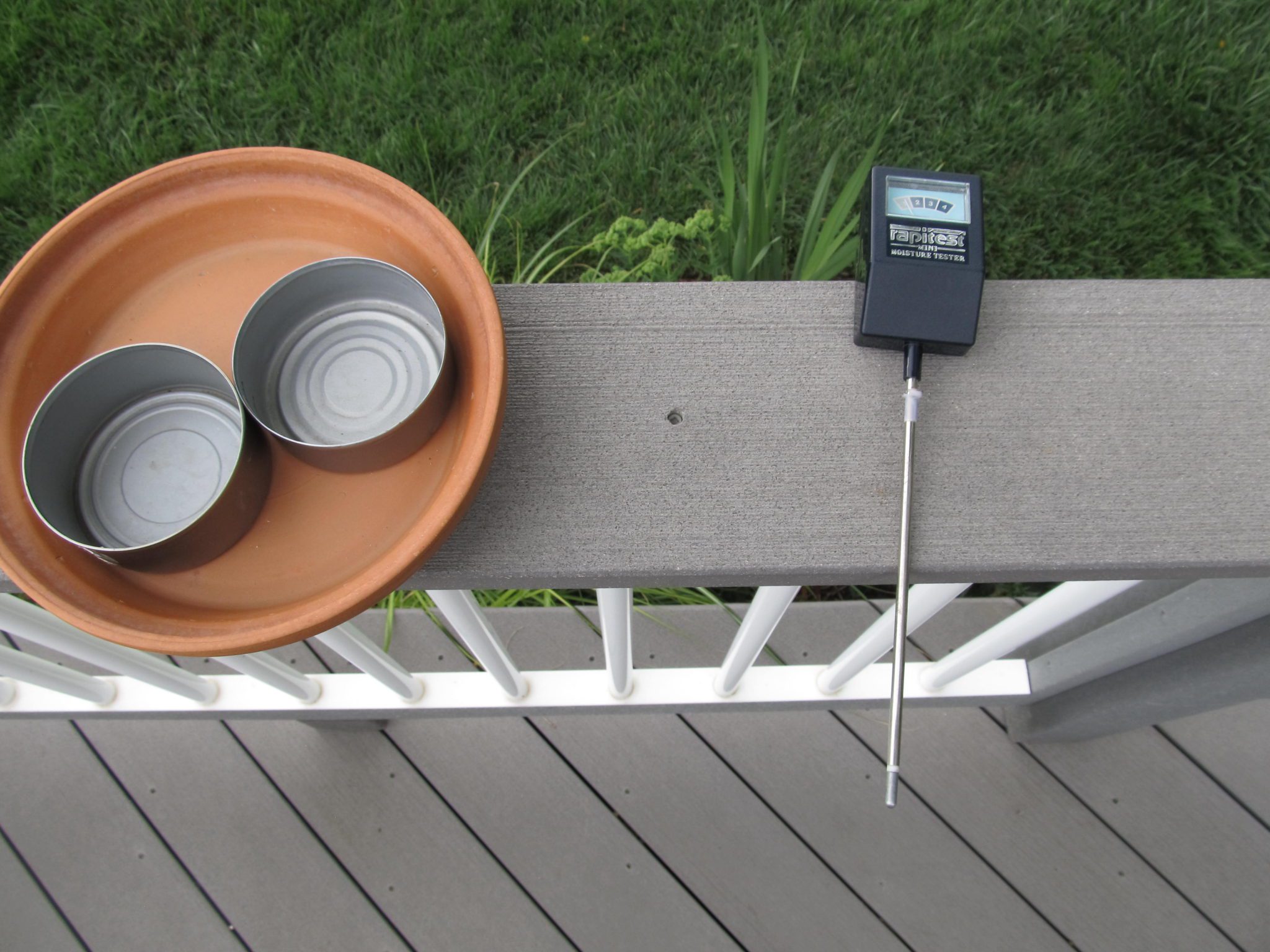
Then Lady Fortune smiled upon me once again, and dumped one and three quarters inches of rain Friday evening. This was followed up with another 1/2 of rain on Saturday afternoon. The root zones in my border are now quite moist, meaning I still have only had to water the borders once so far this summer.
